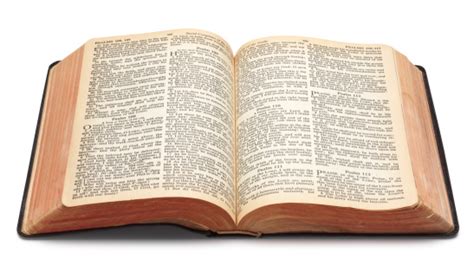- Joined
- Jun 19, 2023
- Messages
- 1,370
- Reaction score
- 2,447
- Points
- 133
- Age
- 47
- Location
- Canada
- Faith
- Reformed (URCNA)
- Country
- Canada
- Marital status
- Married
- Politics
- Kingdom of God
So, on Tuesday of last week I started to develop cholecystitis (inflammation of the gallbladder), although I didn't know it at the time. The pain felt like it was in the midline just below my sternum, so I had thought it was possibly a peptic ulcer from having abused ibuprofen when dealing with a near-migraine headache earlier that week. I knew the pain should go away within a few days of stopping the ibuprofen, so I just faced it with quiet resolve. Sure enough, the next day there was no pain. Thursday saw it return, but I barely felt anything Friday.
However, Saturday it returned and never went away again, and actually got progressively worse. The following Tuesday the pain was so bad that I was unable to sleep all night. It had not subsided by Wednesday afternoon and I was worried about another sleepless night, so I called the medical clinic for guidance. After a few diagnostic questions, it was determine that this was acute cholecystitis. "Go to the hospital—now!" So, I did.
A doctor examined me and confirmed it was a pretty serious gallstone issue. He gave me a shot of Dilaudid—a powerful opioid pain medication stronger than morphine—so that I would be able to sleep that night, and told me to come in for a scheduled ultrasound the following morning. When I did so, they must have found something alarming because I was immediately scheduled for surgery, either that day or the next.
As a result of the surgery, the specialist was able to determine that I had developed gangrenous cholecystitis—a significant portion of my gallbladder had turned necrotic and black due to ischemia (lack of blood flow)—as a result of a massive gallstone blocking the cystic duct. Despite how common this sort of surgery is, the necrotic tissue made it particularly challenging for the specialist because it was fragile and liable to rupture, leaking bile into places it should not go.
But the surgical team successfully removed the gallbladder despite the challenges and kept me overnight for observations. After checking all the right boxes all night long, I was discharged the following day—today.
The nurses were surprised because I had described my pain as a 6 on a scale of 1–10. Come to think of it, I am surprised, too. Evidently, I have a high tolerance for pain.
However, Saturday it returned and never went away again, and actually got progressively worse. The following Tuesday the pain was so bad that I was unable to sleep all night. It had not subsided by Wednesday afternoon and I was worried about another sleepless night, so I called the medical clinic for guidance. After a few diagnostic questions, it was determine that this was acute cholecystitis. "Go to the hospital—now!" So, I did.
A doctor examined me and confirmed it was a pretty serious gallstone issue. He gave me a shot of Dilaudid—a powerful opioid pain medication stronger than morphine—so that I would be able to sleep that night, and told me to come in for a scheduled ultrasound the following morning. When I did so, they must have found something alarming because I was immediately scheduled for surgery, either that day or the next.
As a result of the surgery, the specialist was able to determine that I had developed gangrenous cholecystitis—a significant portion of my gallbladder had turned necrotic and black due to ischemia (lack of blood flow)—as a result of a massive gallstone blocking the cystic duct. Despite how common this sort of surgery is, the necrotic tissue made it particularly challenging for the specialist because it was fragile and liable to rupture, leaking bile into places it should not go.
But the surgical team successfully removed the gallbladder despite the challenges and kept me overnight for observations. After checking all the right boxes all night long, I was discharged the following day—today.
The nurses were surprised because I had described my pain as a 6 on a scale of 1–10. Come to think of it, I am surprised, too. Evidently, I have a high tolerance for pain.

